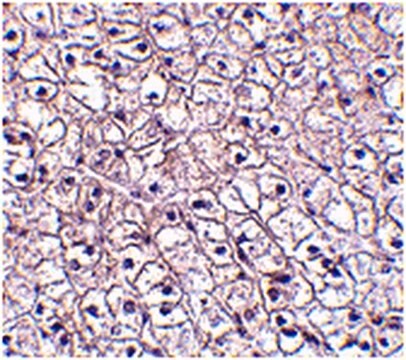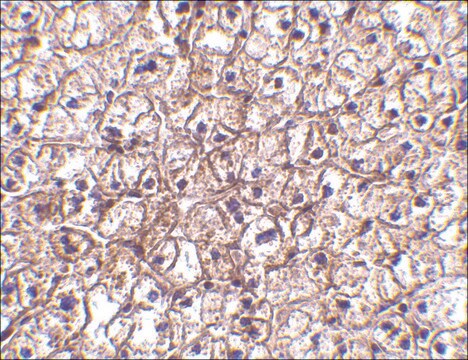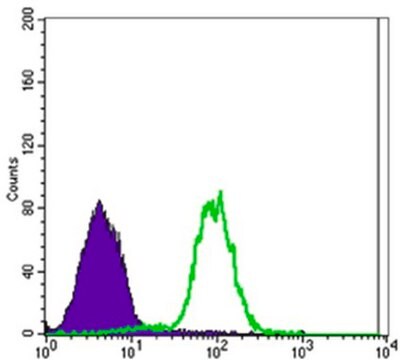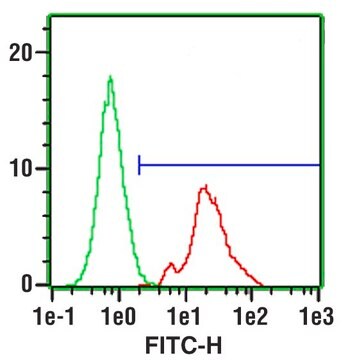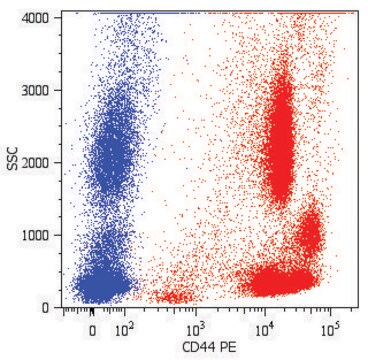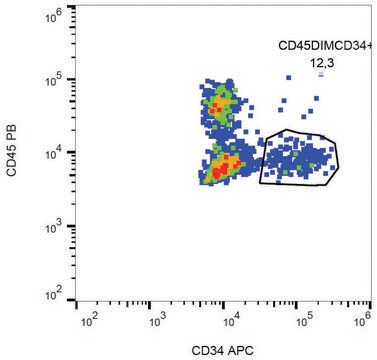MABF2042
Anti-TSLP Receptor Antibody, clone 1A6
clone 1A6, from mouse
Synonim(y):
Cytokine receptor-like factor 2, Cytokine receptor-like 2, IL-XR, Thymic stromal lymphopoietin protein receptor, TSLPR
About This Item
Polecane produkty
pochodzenie biologiczne
mouse
forma przeciwciała
purified immunoglobulin
rodzaj przeciwciała
primary antibodies
klon
1A6, monoclonal
reaktywność gatunkowa
human
opakowanie
antibody small pack of 25 μg
metody
flow cytometry: suitable
izotyp
IgG2aλ
numer dostępu NCBI
numer dostępu UniProt
docelowa modyfikacja potranslacyjna
unmodified
informacje o genach
human ... CRLF2(64109)
Opis ogólny
Specyficzność
Immunogen
Zastosowanie
Inflammation & Immunology
Jakość
Flow Cytometry Analysis: 1 µg of this antibody detected TSLP Receptor in one million THP-1 monocytic peripheral blood cells.
Opis wartości docelowych
Postać fizyczna
Przechowywanie i stabilność
Inne uwagi
Oświadczenie o zrzeczeniu się odpowiedzialności
Nie możesz znaleźć właściwego produktu?
Wypróbuj nasz Narzędzie selektora produktów.
Kod klasy składowania
12 - Non Combustible Liquids
Klasa zagrożenia wodnego (WGK)
WGK 1
Temperatura zapłonu (°F)
Not applicable
Temperatura zapłonu (°C)
Not applicable
Certyfikaty analizy (CoA)
Poszukaj Certyfikaty analizy (CoA), wpisując numer partii/serii produktów. Numery serii i partii można znaleźć na etykiecie produktu po słowach „seria” lub „partia”.
Masz już ten produkt?
Dokumenty związane z niedawno zakupionymi produktami zostały zamieszczone w Bibliotece dokumentów.
Nasz zespół naukowców ma doświadczenie we wszystkich obszarach badań, w tym w naukach przyrodniczych, materiałoznawstwie, syntezie chemicznej, chromatografii, analityce i wielu innych dziedzinach.
Skontaktuj się z zespołem ds. pomocy technicznej